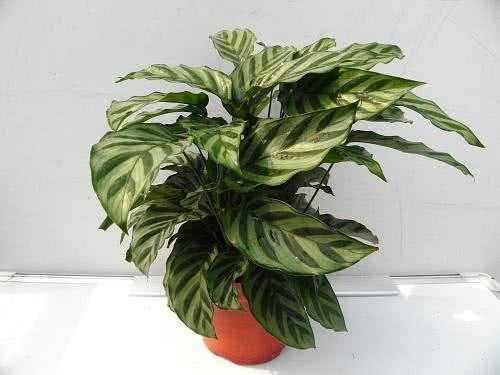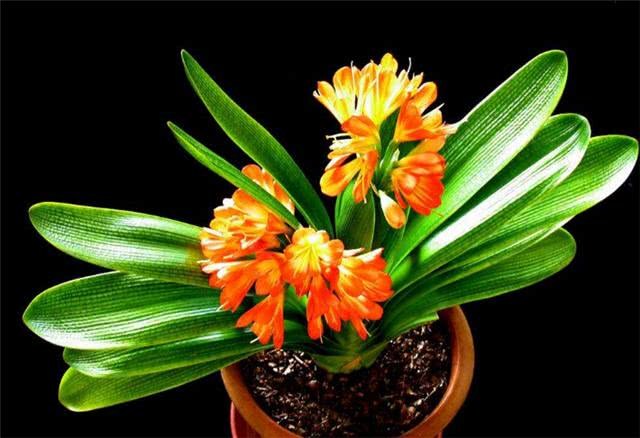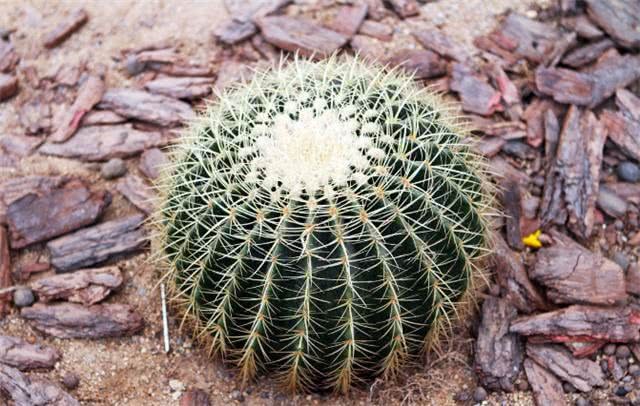Like bamboo, like taro, green leaves, bamboo taro bonsai conservation, a simple method, a new choice of indoor green planting.

Green leaf taro is one of the good indoor ornamental plants, it belongs to small and medium-sized plants, the general adult green leaf taro height is about 20-30 cm, its leaves are round or round oval, with darker stripes, the color is usually green and grayish green alternately, at the same time the whole plant is more symmetrical, potted green taro decoration in the living room or bedroom corner, and even on the desk is a very good choice.
I. cultivation of green leaf taro
Green-leaf taro is usually cultivated by cutting propagation, this is because its branch selection is relatively simple, if sowing culture, plants tend to grow more slowly, and the success rate is far lower than cutting propagation. In the robust growth of green leaf taro, cut off the sturdy branches, the length should be moderate, too long or not long enough will affect the success rate of cutting, generally 10-15 cm is appropriate.
Secondly, simply disinfect the wound of the branch, wait for the wound to heal to a certain extent, and then cut the branch into the soil. Attention should be paid to keeping a certain distance between the branches. after three to four weeks, the general branches can take root successfully. at this time, we should pay attention to watering the potted plants and cultivate them for a month or so. the plants can be transplanted to grow in an environment with sufficient light, and the potted plants can be normalized.
II. Conservation of green leaf taro
1. Lighting requirement
Green leaf taro is a typical semi-negative plant, it has a good shade tolerance; during its growth period, it does not need too much light, the plant is guaranteed to receive appropriate amount of astigmatism every day, and it is not suitable to grow under strong light. Especially in the summer period, too intense sunlight can easily lead to leaf withering and yellowing, generally starting from the leaf edge, the phenomenon is not obvious, if found, the situation is often more serious, so we should try to avoid this problem, so plants had better make full preparation for shade in advance, or put potted plants in shade to grow.
two。 Soil requirement
The requirement of soil quality of green leaf bamboo taro is not high, for family potted plants, it is more appropriate to choose humus soil or sandy soil as the main cultivation soil of green leaf bamboo taro, in order to make the soil have good water retention and air permeability, it is often necessary to add a certain amount of garden soil and river sand, and at the same time, put an appropriate amount of foot base fertilizer on the bottom of the soil to ensure the good fertility of the basin soil, so that the nutrient sources of plants are more diversified. There is no need to worry that sometimes too little fertilization affects the growth of plants.
3. Moisture requirement
Green leaf taro has higher requirements for water, during the period of plant growth, it is best to keep the basin soil in a moist state, because its drought tolerance is poor, if it grows in a relatively dry soil for too long, its branches and leaves are often prone to signs of withering, and failure to replenish water in time may also lead to the death of plants. Water should be watered about two or three times a week, and water should not be added too much or too frequently, so it is easy to greatly increase the probability of stagnant water in potted plants, so it is best to use tools similar to sprinklers for each watering. This makes it difficult for the soil to accumulate water.
4. Nutrient requirement
In the peak growing season of plants, such as spring and autumn, green-leaf taro needs more nutrients, generally topdressing once in 15-20 days, while in summer and winter, fertilization should be cautious and small. Plants do not have a high demand for nutrients during this period, if they do not pay more attention, it is easy to fertilize too much, which will cause the leaves to enlarge and darken and so on.
- Prev

It is so practical to water the leaves of Magnolia lanceolata with it for the first time.
Everyone knows that it blooms generously and brightly, no matter it grows in the courtyard or the living room, it can add color and vitality to life, and it is very easy to maintain it, as long as it is maintained according to the habits of flowers.
- Next

The flower friend raised the cactus for 1 year and found that the color had faded before he knew that he had kept the plastic ball for 1 year.
The flowers bought by flower friends in the flower market are usually raised to death in 3-5 days, and some flower friends will not die even if they have been raised for several years. This situation is not a factor of flowers themselves, but also a factor of flowers. Some flower merchants impersonate immortals with plastic balls.
Related
- Wuhan Hospital Iron Tree Blooming Result Was Instantly Frightened by the Gardener Master
- Which variety of camellia is the most fragrant and best? Which one do you like best?
- What is the small blue coat, the breeding methods and matters needing attention of the succulent plant
- Dormancy time and maintenance management of succulent plants during dormancy
- Minas succulent how to raise, Minas succulent plant pictures
- What are the varieties of winter succulent plants
- How to raise succulent plants in twelve rolls? let's take a look at some experience of breeding twelve rolls.
- Attention should be paid to water control for succulent plants during dormant period (winter and summer)
- Watering experience of twelve rolls of succulent plants
- Techniques for fertilizing succulent plants. An article will let you know how to fertilize succulent plants.

